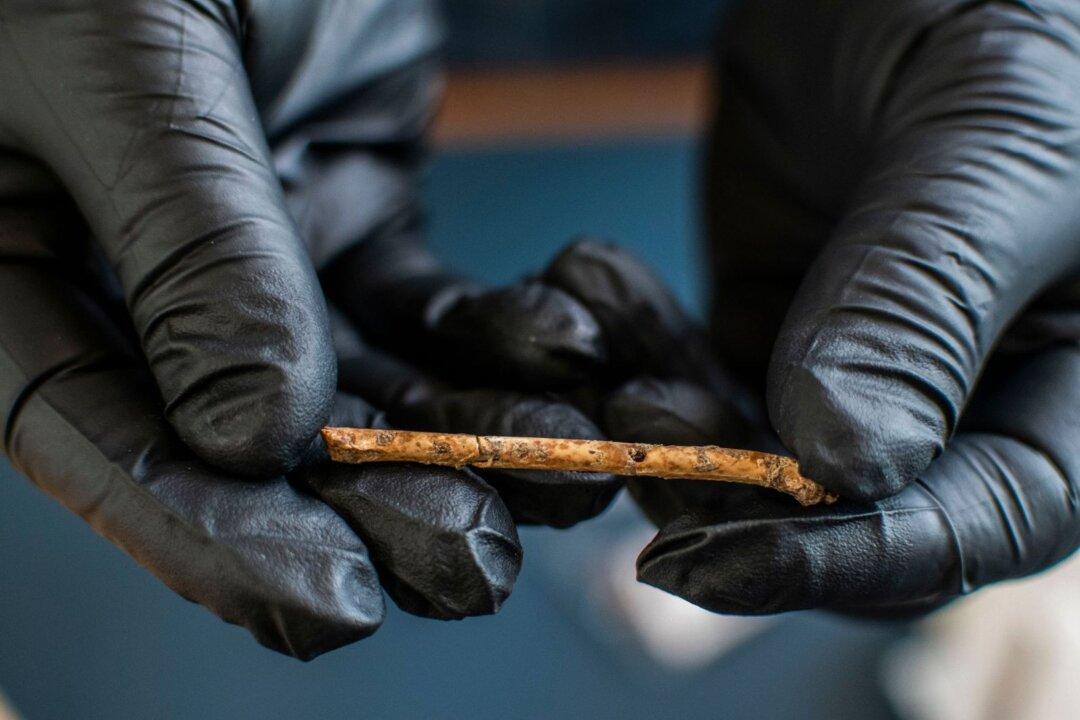Tiny bones from 12,000-year-old prehistoric birds found in northern Israel have been identified as flutes, researchers say.
The seven miniature flutes, made of waterfowl bones, emit sounds like the calls of predatory birds, and the researchers suggest they might have been used for making music, hunting, or some form of communication with the birds.





